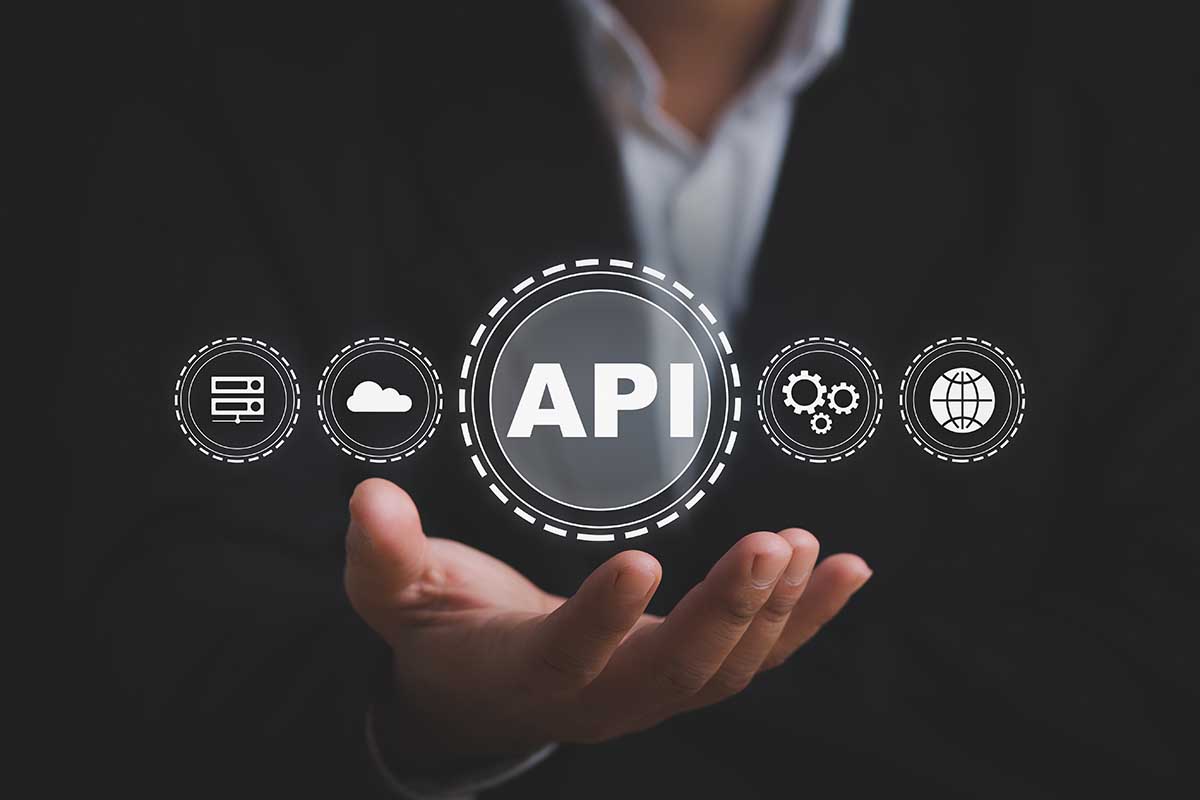What Is an API Related to Automotive?
An API or application programming interface (API) is the software that allows apps or components of applications to communicate with each other. APIs are usually found within the software development kit (SDKs), the prefabricated building blocks that provide developers with an edge when developing new applications related to automotive feeds.
APIs have become so essential and valuable in the modern world of high-speed connectivity that they’ve evolved into a revenue-generating item for popular e-commerce and web-centric businesses like Google, Amazon, eBay, and Salesforce. For instance, sites pay Google for an API that allows the hosting of Google Maps and are required to shell out the Weather Channel for an API that allows their site to offer weather information.
A better outlook
A person might consider using a site such as Expedia and Kayak. It is possible to connect to airlines’ reservation systems, book a hotel room and reserve a rental vehicle, or purchase tickets for an event on the same website, providing a seamless experience. That’s an API power that allows all these businesses to connect and share information and conduct transactions.
APIs can also play an essential role in security as they are utilized to manage access to software and devices. We’ve all experienced the situation where a person is browsing on a site, and it requests access to a person’s location. The only way an application can access a person’s data is through the API for location. A person can deny or accept this request.
The automotive industry APIs function as the connectors used with automotive feeds to allow vehicles to communicate with other software or applications. An advanced driver-assistance system (ADAS) platform such as this one, for instance, might provide APIs to applications that perform specific functions, allowing these applications to gather information about the environment surrounding the vehicle and make decisions based upon that data.
Think about L2+ hands-free-driving In this scenario; the driver is in charge of controlling the vehicle. However, they are not physically controlling the vehicle. An API for automotive could enable the infotainment system to read data of the ADAS system and display it on the vehicle’s cluster or the center display. The display might display information about what vehicle sensors are observing in the surrounding environment and builds trust in the system’s capabilities (see the figures).
What are APIs? APIs work?
APIs have been a fundamental part of the toolkit for developers. In the beginning, they were utilized to join code parts in the monolithic application that was running on one server.
Today, apps have been broken down into smaller pieces – they’ve been containerized and virtualized and then sliced into microservices. Parts of an app might run in the cloud or a software-as-a-service (SaaS) environment. A modern app could include hundreds of APIs, which provide internal links that can help a person create code and make components reusable. APIs are accessible to the public that permits developers to access third-party functions.
What is an API Related to Automotive: Conclusion
The rapid growth of APIs has brought about a surge in innovations across all industries, allowing third-party developers to enhance the value of well-known software platforms easily. As the auto industry progresses swiftly with automotive feeds along this road, it is likely to see similar growth in innovation as the mobility ecosystem grows.




















